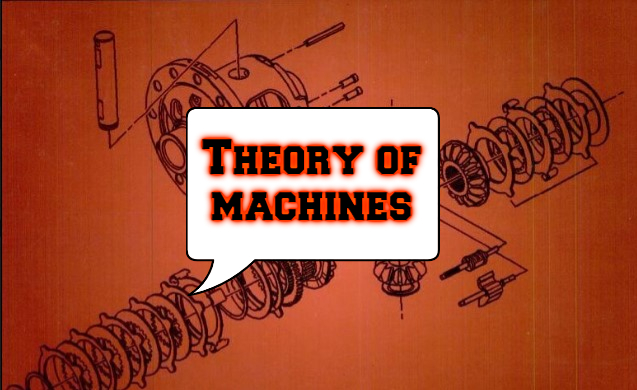1. The ratio of the actual damping coefficient to the critical damping coefficient is called the damping factor.
A. Yes
B. No
2. When a body moves with simple harmonic motion, the product of its periodic time and frequency is equal to
A. zero
B. one
C. π/2
D. π
3. In a vibrating system, if the actual damping coefficient is 40 N/m/s and critical damping coefficient is 420 N/m/s, then logarithmic decrement is equal to
A. 0.2
B. 0.4
C. 0.6
D. 0.8
4. For high-speed engines, the cam follower should move with
A. uniform velocity
B. simple harmonic motion
C. uniform acceleration and retardation
D. cycloidal motion
5. In a coupling rod of a locomotive, each of the four pairs is a __________ pair.
A. sliding
B. turning
C. rolling
D. screw
6. If ω/ωn is very high for a body vibrating under steady state vibrations, the phase angle for all values of damping factors will tend to approach
A. 0°
B. 90°
C. 180°
D. 360°
7. In a circular arc cam with roller follower, the acceleration in any position of the lift will depend only upon
A. total lift, the total angle of lift, minimum radius of cam and cam speed
B. radius of the circular arc, cam speed, location of the center of circular arc and roller diameter
C. mass of cam follower linkage, spring stiffness and cam speed
D. total lift, the center of gravity of the cam and cam speed
8. When the relation between the controlling force (Fc) and radius of rotation (r) for a spring controlled governor is Fc = ar + b, then the governor will be
A. stable
B. unstable
C. isochronous
D. none of these
9. The factor which affects the critical speed of a shaft is
A. diameter of the disc
B. span of shaft
C. eccentricity
D. all of these
10. The partial balancing of reciprocating parts in locomotives produces
A. hammer blow
B. swaying couple
C. variation in tractive force along the line of stroke
D. all of the above
